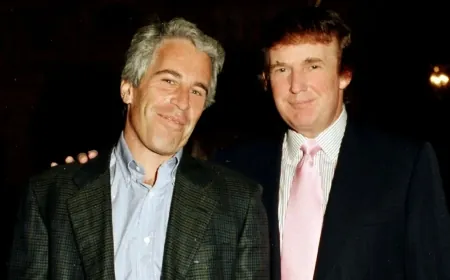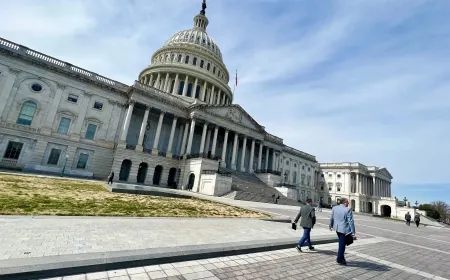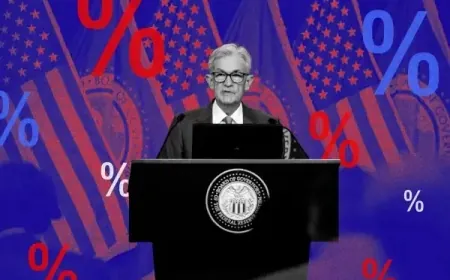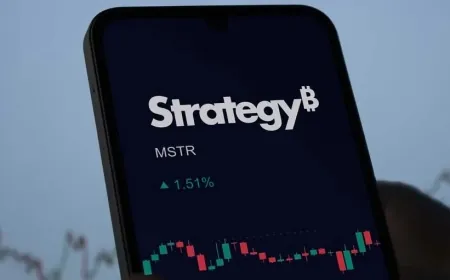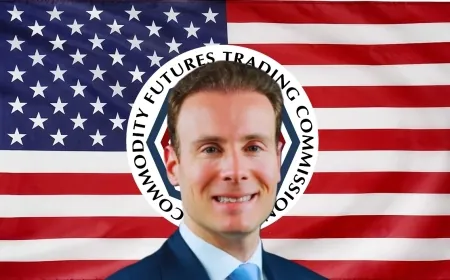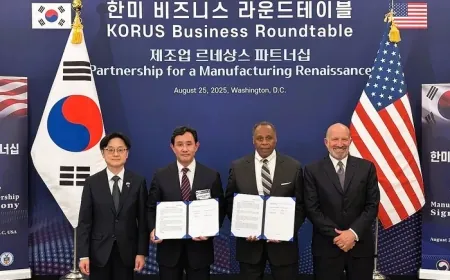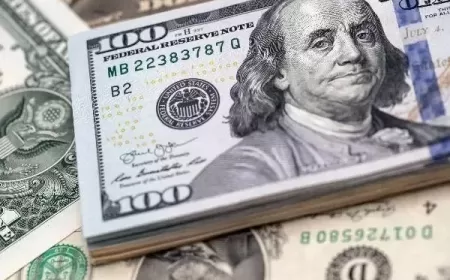Trump Tariffs Force India Toward China While Mexico Sides with U.S.
Trump tariffs lead India to expand trade with China, Mexico to impose U.S.-aligned tariffs; governments implement new trade measures on goods.
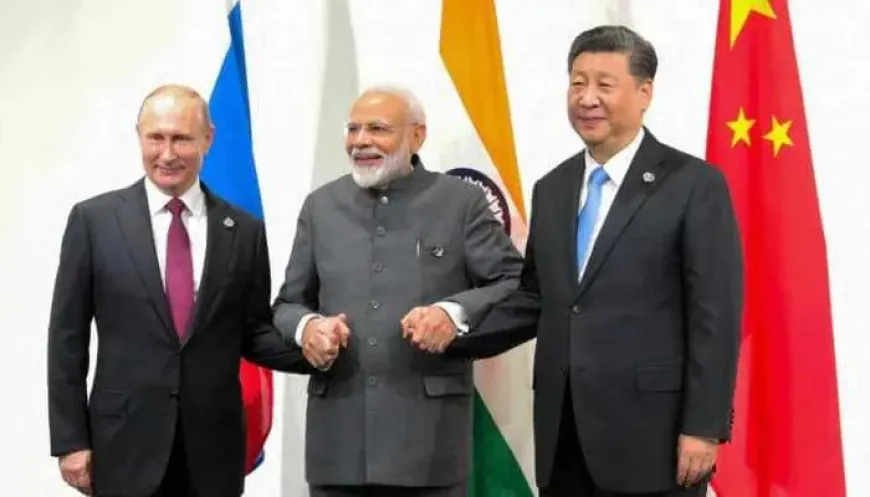
WASHINGTON / NEW DELHI / MEXICO CITY – The Trump administration’s new tariffs have imposed a 50% duty on key Indian exports, including textiles and solar panels, while Mexico prepares to implement tariffs on Chinese imports. The measures are already influencing trade patterns across Asia and North America, as countries adjust their policies to protect industries and maintain market access.
India’s increased purchases of Russian crude oil have drawn U.S. scrutiny, prompting New Delhi to strengthen ties with China. Meanwhile, Mexico is aligning its trade policies more closely with Washington ahead of the upcoming USMCA negotiations.
“India’s decision to continue Russian oil imports shows that energy security remains a top priority,” said Devashish Mitra, professor of economics at Syracuse University. “At the same time, Mexico’s tariff plan reflects its dependence on U.S. demand and desire to secure favorable trade terms.”
India Expands Trade with Russia Despite U.S. Tariffs
India is facing a 50% tariff from the United States on key exports such as textiles, solar panels, and medical devices. The tariffs are linked to India’s continued purchases of Russian crude oil, a decision that has drawn criticism from Washington.
Reports indicate India is set to increase Russian oil imports in September. State-owned refiners have reportedly signed new contracts for additional shipments. These moves show India is prioritizing energy supplies to support its growing industries while managing tensions with the U.S.
Modi Prepares First China Visit in Seven Years
Prime Minister Narendra Modi is scheduled to visit China later this week, marking his first trip there in seven years. The visit comes as India continues to import Russian crude oil, drawing U.S. scrutiny, and signals New Delhi’s intent to strengthen trade and diplomatic ties with Beijing.
“India is focusing on energy security and maintaining access to key markets,” said Devashish Mitra, professor of economics at Syracuse University. “This visit reflects concrete steps to manage imports, trade agreements, and regional partnerships.”
Impact on India’s Industries
The 50% U.S. tariffs are affecting several of India’s domestic industries. Textile manufacturers are facing reduced access to American markets, while solar panel exporters report higher costs for shipping goods to the U.S.
Government officials have indicated that temporary support measures, including subsidies and tax relief, may be offered to help companies offset these added costs.
Analysts also note that India’s closer trade engagement with China may influence regional partnerships. The country could increase participation in initiatives such as the Regional Comprehensive Economic Partnership (RCEP), which may provide alternative markets for affected industries.
Mexico Plans New Tariffs on Chinese Imports
The Mexican government plans to impose tariffs on Chinese goods, including automobiles, textiles, and plastics, as part of its 2026 budget proposal. The measures are aimed at aligning trade policy with the United States ahead of the next round of USMCA negotiations.
Mexico relies heavily on the U.S. as its largest trading partner, making coordination on trade policies critical for maintaining access to American markets. Analysts say that the new tariffs will help protect key export sectors while strengthening economic cooperation on projects such as infrastructure and energy development.
Mexican Manufacturers Face Chinese Tariffs
Mexican manufacturers and exporters say that the new tariffs on Chinese imports will raise input costs for industries including automobiles, textiles, and plastics. Companies also note that aligning trade policies with the United States may help maintain access to American markets and support export growth.
Trade analysts observe that Mexico’s reliance on the U.S. as its largest trading partner influences these decisions. Countries highly dependent on U.S. demand are more likely to implement tariffs that reflect Washington’s priorities, helping to protect key export sectors.
Government officials have indicated that the tariffs are part of broader efforts to secure favorable terms ahead of the upcoming USMCA negotiations.
Japan and South Korea Face U.S. Tariff Pressures
Japan: Implementing Agreed Tariffs
Japan signed a trade agreement with the U.S. in mid-2025, reducing automobile tariffs from 25% to 15%. Follow-up talks in Tokyo were postponed due to domestic criticism and logistical issues. Japanese officials report that U.S. customs applied the new rate on top of existing duties, increasing costs for exporters.
“The delay in implementing agreed tariffs affects not just Japanese manufacturers but also U.S. companies dependent on Japanese supply chains,” said Hiroshi Tanaka, a Tokyo-based trade consultant. “Both sides must act quickly to maintain confidence in the agreement.”
South Korea: Sector-Specific Negotiations
South Korea concluded high-level talks in Washington to prevent a threatened 25% tariff on key exports. The agreement set a 15% U.S. tariff, while South Korea opened markets for automobiles, trucks, and select agricultural goods. Sensitive sectors such as rice and beef remain protected.
“South Korea is working to protect strategic industries while keeping access to the U.S. market,” said Lee Sang-ho, director of the Korea Institute for International Trade.
EU to Remove Tariffs on U.S. Industrial Goods
The European Union will remove tariffs on U.S. industrial goods, addressing longstanding complaints from Washington about limited market access. The plan also includes preferential treatment for European imports of agricultural products such as nuts, dairy, and fresh fruits.
In return, the United States will reduce tariffs on EU-built automobiles from 27.5% to 15%. Officials say the agreement is intended to stabilize trade relations between the U.S. and EU member states.
Analysts say that while the deal meets U.S. demands, it also aims to protect sensitive European industries. They add that coordinating uniform tariff application across all EU countries remains a key challenge before full implementation.
Tariffs Impact International Trade and Supply Chains
The latest round of tariffs is affecting global trade, forcing countries to balance economic interests with strategic partnerships. Companies and governments are taking steps to manage disruptions and maintain market access.
Supply Chain Adjustments: Firms in sectors affected by tariffs are sourcing inputs from alternative markets, adjusting production schedules, and re-evaluating supplier contracts to reduce costs and maintain delivery timelines.
Energy and Resource Security: Countries such as India continue prioritizing energy imports, including Russian crude oil, even amid U.S. pressure, to ensure steady energy supplies for domestic industries and households.
Diverging Trade Alliances: Mexico’s new tariffs on Chinese imports and India’s closer engagement with China illustrate how nations are pursuing different strategies to secure trade and investment opportunities.
Jonathan Clark, a trade economist at the International Trade Institute, says that ongoing uncertainty could slow investment and affect market confidence. “Firms are reluctant to make large investments until tariff structures stabilize,” he added.
Nations Adapt Policies Following U.S. Tariffs
Governments are taking specific actions in response to U.S. tariffs, directly affecting trade agreements, supply chains, and diplomatic relations.
Regional Trade Agreements: Officials in Asia, North America, and Europe are negotiating revisions to export rules for technology, agriculture, and manufacturing. Sector-specific terms are expected to be finalized in the current quarter.
Supply Chain Adjustments: Companies in automotive, technology, and agricultural sectors are switching suppliers, altering production schedules, and securing alternative shipping routes to maintain operations under the new tariffs.
Diplomatic Coordination: Trade policies are shaping discussions between the U.S., China, India, and the EU. Governments are using these measures to protect strategic industries, secure energy imports, and maintain access to key markets.
President Trump’s tariffs are causing measurable changes in global trade. India is finalizing energy and trade agreements with China, while Mexico is implementing tariffs on Chinese imports to strengthen economic ties with the U.S. Japan, South Korea, and the European Union are negotiating sector-specific adjustments to protect domestic industries and maintain access to key export markets.
Analysts report that these actions are affecting company operations and government policies. Businesses are revising supply chains, modifying contracts, and tracking negotiations to respond to new tariff rules and maintain market stability.
Also Read: Trump’s War on Indian Talent and Trade Is Backfiring on the U.S. Economy
